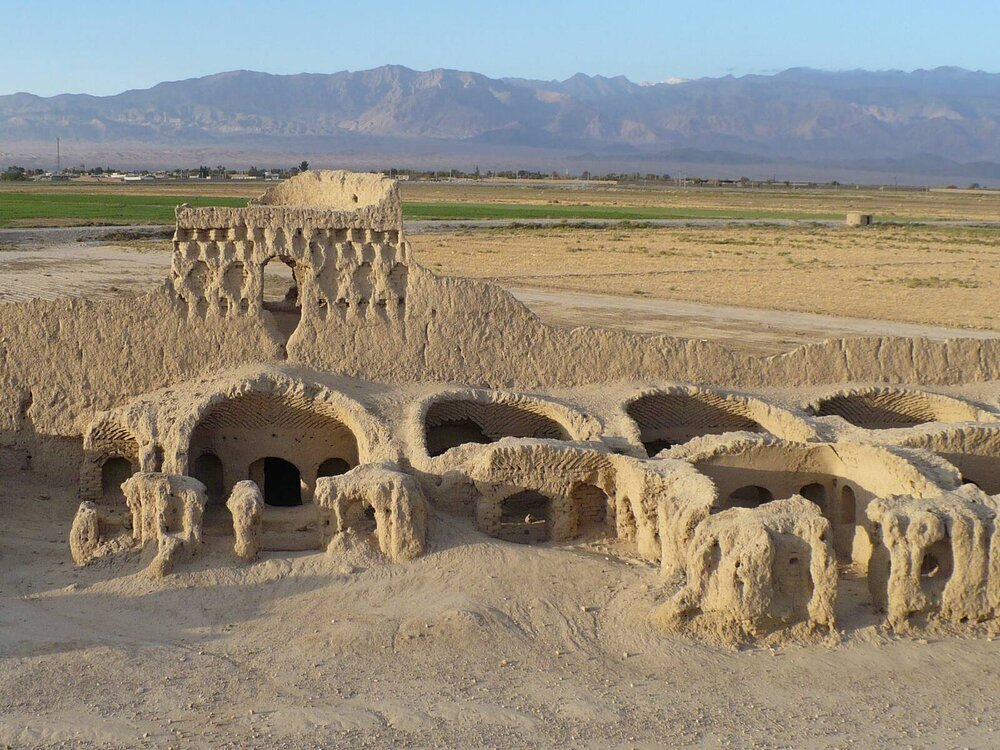7,000-year-old Tepe Hesar being demarcated

TEHRAN –The first phase of a demarcation project has recently been commenced on the 7,000-year-old archaeological hill of Tepe Hesar in north-central Semnan province.
Situated on the southern outskirts of Damghan, Tepe Hesar is one of the world’s five archaeological hills of the Iron Age, and the hill is also considered as of the oldest prehistorical sites in the Iranian plateau.
The project is being carried out in collaboration with farmers and landowners of the surrounding areas under the supervision of archeologists and cultural heritage experts, Damghan’s tourism chief Mehdi Qasemi announced on Tuesday.
A restoration and landscaping project is also underway on the ancient hill with a budget of 20 billion rials ($476,000 at the official rate of 42,000 rials), the official added.
Earlier this month, provincial tourism chief Mehdi Jamal announced that the archeological site will be restored to be ready for UNESCO registration.
The hill bears three main cultural periods from the late Neolithic to the end of the Bronze Age.
Identified in 1880, Tepe Hesar was excavated in 1925 and 1931-1932 when the construction of the Trans-Iranian Railway cuts through the main mound. It was one of the first Chalcolithic and Bronze Age excavations in this area, and the stratigraphy has been very important to date similar sites. In 1976, research was briefly resumed and radiocarbon measures were taken.
The oldest layer, Hesar I, belongs to the Copper Age (Chalcolithicum; after 3800 BC); it is about as old as Susa and resembles Sialk III, by which it appears to have been influenced, according to livius.org, a website on ancient history written and maintained since 1996 by the Dutch historian Jona Lendering.
Hesar II, which starts in about 3600 BC, is marked by the appearance of burnished grey pottery and the first objects made of bronze. Among the finds are long-shaped bottles.
The next phase, Hesar III, began in about 2800 BC and saw nice metal work and grey pottery similar to Turan Tepe, which is on the other side of the Alborz mountain range. Some three centuries later, when Hesar III ended, a part of the town was violently destroyed. The ruin that is now known as the "Burnt Building", situated in the western part of the hill, is the most recognizable remainder of this catastrophe. Archaeologists have found stone arrowheads and charred battle victims.
After this period, the site was abandoned and there was a hiatus for about five or six centuries. After about 1350 BC, people returned and settled on smaller mounds in the neighborhood of the ancient mound. If the main hill was occupied, those recent layers have eroded.
ABU/MG
Leave a Comment